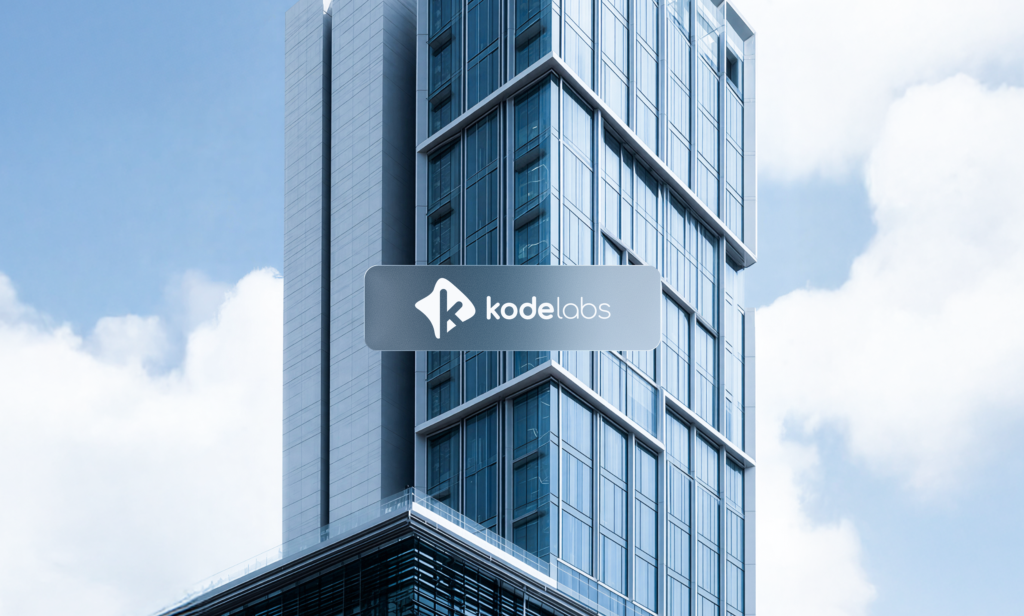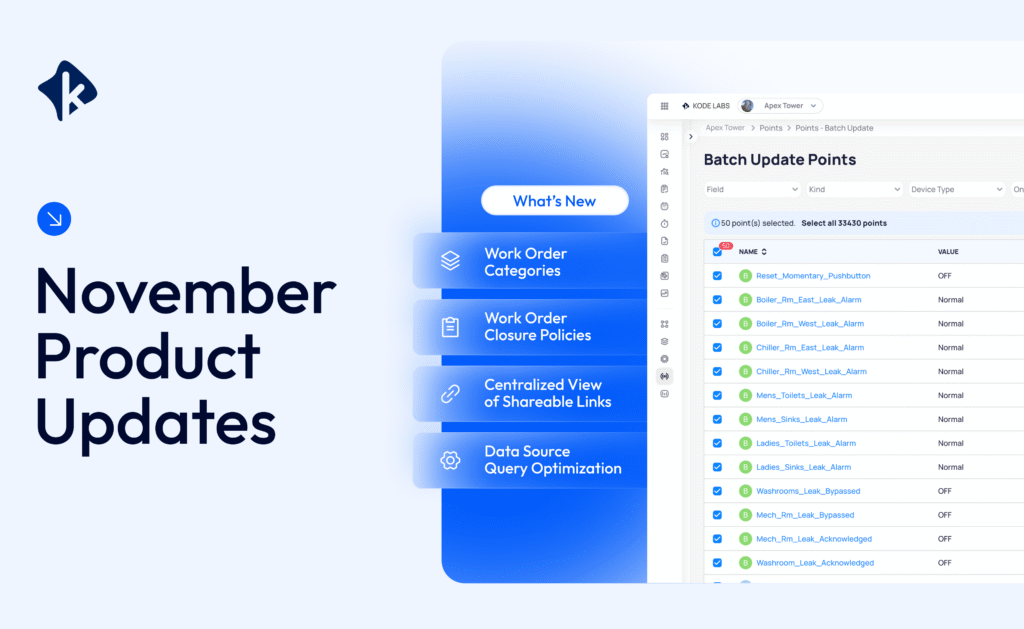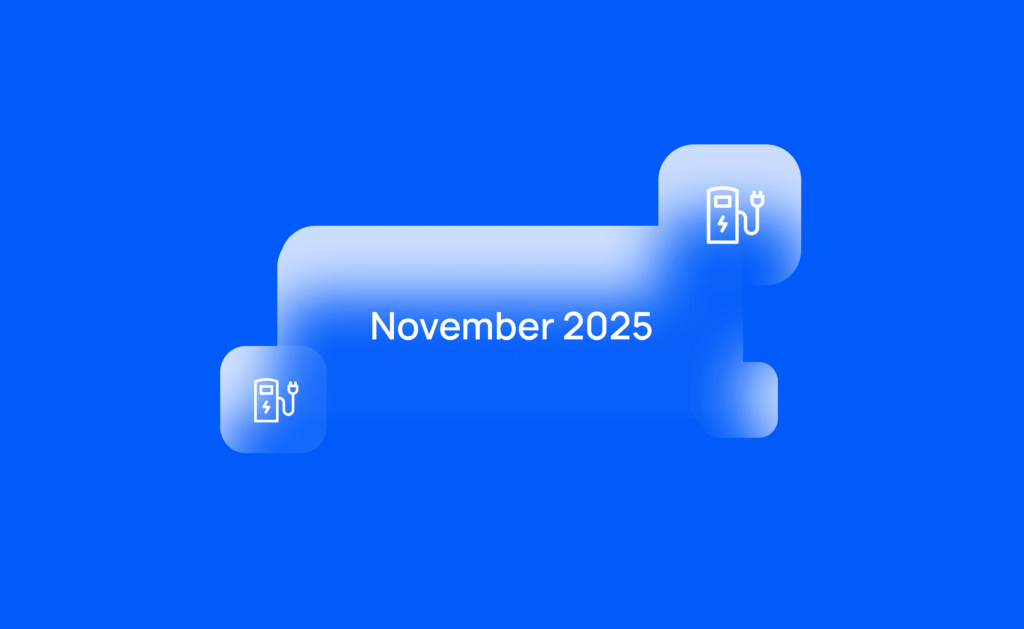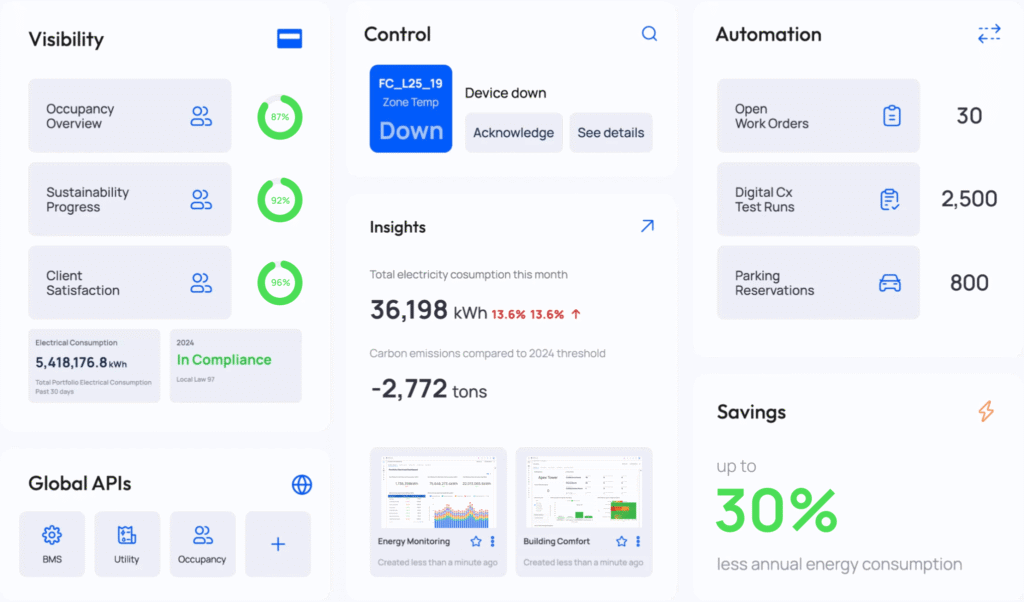On this page
Sign up to our newsletter
Subscribe to receive the latest blog posts to your inbox every week.
By subscribing you agree to with our Privacy Policy.
In Commercial Real Estate, the cost of building operations is under a constant microscope. Budgets are scrutinized, performance benchmarked, and efficiency targets grow tighter each year. Despite all this oversight, some of the biggest operational costs come from what’s not seen, until it’s too late.
These are the blind spots in building operations. Hidden inefficiencies, system faults, and equipment failures that quietly accumulate, bleeding OpEx and disrupting occupant comfort, all before any alarms have gone off or the time it takes the operations team to make sense of them.
Hidden Issues, Visible Impact
In a common scenario, a rooftop unit or air handling system that hasn’t been in heavy use for months is expected to perform on the first warm days of spring. But when it doesn’t deliver, the real problem becomes clear, the issue was there all along but it just went unnoticed.
In environments where operations teams are responsible for large, distributed portfolios, the cost of discovering failure or inefficiencies only after they’ve affected building performance or occupant comfort can be significant due to:
- Emergency repairs with premium service rates
- Increase energy waste
- System downtime & tear
- Decrease in tenant comfort
- Disruption of operations
For these reasons, reactivity is expensive and it’s unnecessary.
Why Traditional Management Falls Short
Preventive maintenance schedules can help, but they’re not enough. Just because a system passed inspection last quarter, doesn’t mean that it’s still operating as expected today.
The real gap here is functional performance. Without regular, proactive testing, there is no way to verify how a system will behave under real-world conditions. That’s where the breakdown begins, in silence and behind the scenes.
Bridging the Gap with Functional Testing
This is where a smarter approach to building operations comes into play. Platforms like KODE OS give operations teams the tools to see the unseen by simulating real-world scenarios and validating performance before failure occurs.
Using KODE OS’ digital commissioning product, the Functional Testing Tool (FTT), teams can automate and schedule tests across every building system, ensuring each system is ready to perform when needed. This is how it works:
- Custom Logic-Based Tests: Define sequences that simulate seasonal demand or various performance benchmarks and monitor whether systems respond correctly.
- Portfolio Wide Testing: Schedule tests across hundreds of devices or buildings simultaneously, weekly, monthly, seasonally, or on-demand.
- Failure Diagnosis in Minutes: Failed tests include diagnostic details, allowing engineers to prioritize the right fix at the right time.
- Assign Issues to be Fixed: Push work orders to the right teams or service contractors directly from the platform.
- Mobile Functionality: Run tests from the KODE OS app wherever you are, streamlining the process for facility teams and enabling faster validations.
From Guesswork to Precision
With additional capabilities like Global Setpoint Control and Mass Scheduling, operations teams can go beyond just testing. They can act.
- Setpoint adjustment across the entire portfolio – instantly.
- Scheduling changes by region, time zone, building type, and more – in minutes.
- Energy waste prevention by eliminating unnecessary runtime and ensuring systems align with occupancy patterns.
Boosting NOI Through Smarter Operations
Shifting from reactive to proactive operations is not just about comfort or convenience, It’s about protecting and enhancing NOI.
Every emergency service call avoided, every system optimized before failure, and every unnecessary runtime eliminated translates into measurable OpEx savings. In today’s day and age, where margins are tight and portfolios are large, these savings compound quickly. At scale, these operational improvements directly impact NOI, not by slashing services, but by running smarter, with precision and foresight.
In an era of rising expectations, blind spots are no longer acceptable. Tenants expect comfort, investors expect performance, and Ops teams need technology that helps them stay ahead. Because in building operations, what you don’t see is often what costs the most. Book a demo to see how KODE OS could help your teams identify blind spots and shift to a proactive approach in building management.




